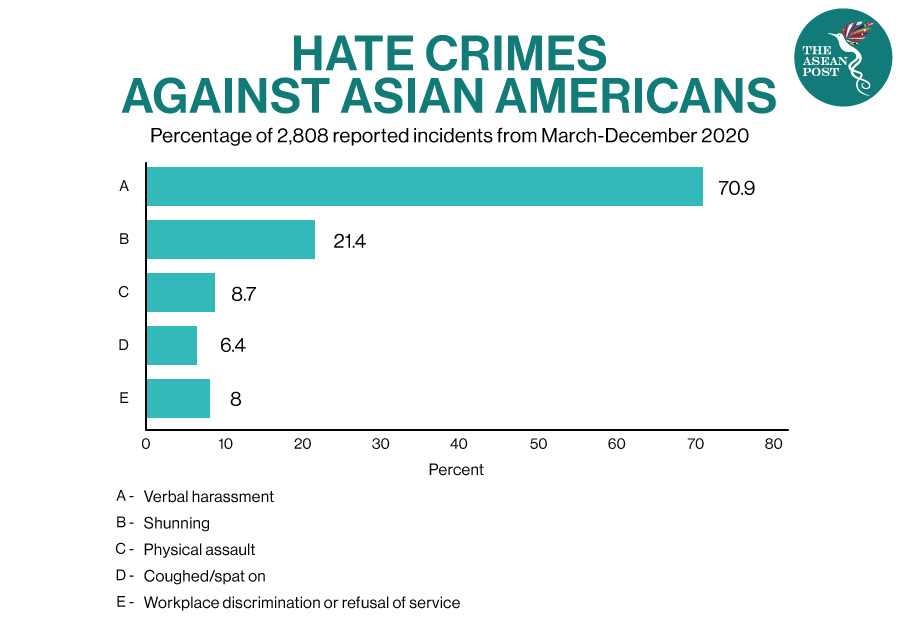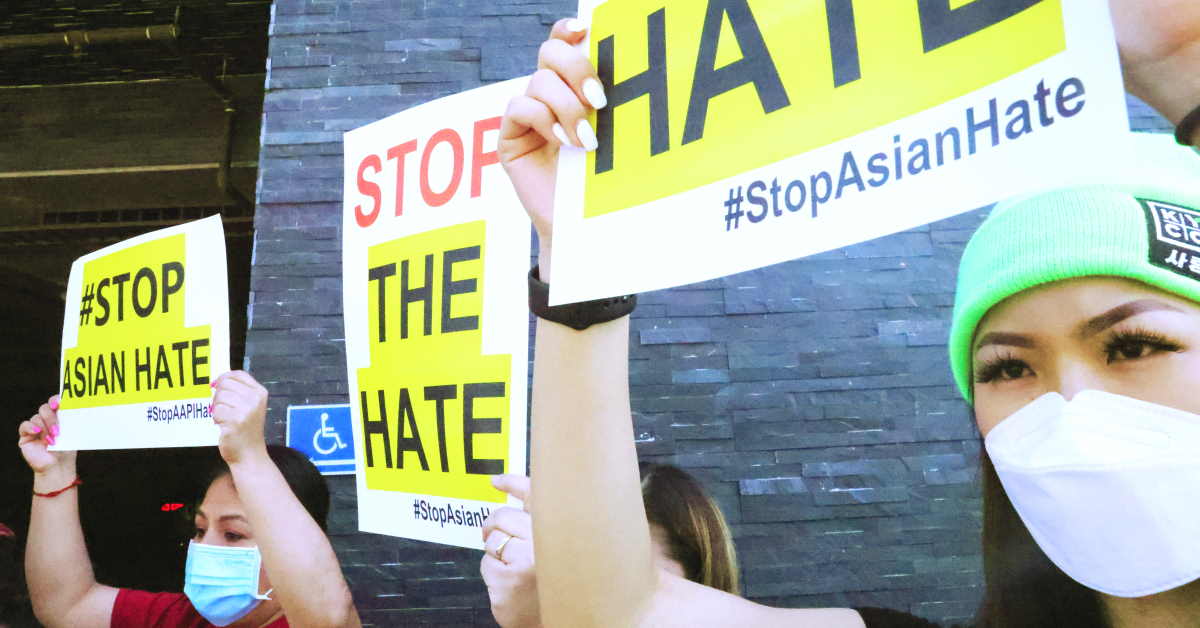“Our father brought forth, on this continent, a new nation, conceived in liberty, and dedicated to the proposition that all men are created equal”. This is a famous quote from President Abraham Lincoln more than 150 years ago delivered in the now immortal Gettysburg Address.
Lincoln was an American statesman and lawyer who served as the 16th president of the United States (US) from 1861 until his assassination in 1865. Lincoln is most famous for leading the country during the American Civil War, which was by far, America’s greatest moral, cultural, constitutional, and political crisis.
He is also famous and known for his fervent determination and endeavour in freeing all slaves (African-Americans) throughout the American nation.
It can be recalled that on New Year’s morning of 1863, President Lincoln hosted a three-hour reception in the White House. That afternoon, Lincoln slipped into his office and without fanfare signed a document that changed America forever.
It was the Emancipation Proclamation, decreeing “that all persons held as slaves” within the rebellious Southern states “are, and henceforward shall be, free.” Nevertheless, the proclamation did not immediately free any of the nation’s nearly four million slaves. It took three more years until the end of the American Civil War from 1861 to 1865 before the slaves were given their freedom to a considerable extent.
Nevertheless, the significance and impact of Lincoln’s actions and what it represents is not limited to the fact that it ended the slavery of African-Americans to a considerable degree in the US, but more importantly, it served as an inspiration to like-minded civic leaders and individuals in the US and around the world to advocate and work for racial equality to ending racism or racial discrimination and atrocities against people of colour to date.
For instance, from the time of Lincoln until today, America has witnessed a myriad of people who have dedicated their lives to end racism and racial discrimination in the country. But even then, in the nation that gave rise to Martin Luther King, Malcolm X, Harvey Milk, and modern incarnations like Janet Mock or Laverne Cox, racial discrimination and atrocities persist.
Unfortunately, the motivations for hate and animosity are still as prevalent and as diverse as the people who form the racial, religious, and mixed-gender melting pot of the US. And thus far, racial discrimination and atrocities in the US nowadays, though not necessarily a new occurrence, nevertheless, is taking a heavy levy against Asian-Americans since the start of the coronavirus pandemic.
Hate Crimes Against Asian-Americans
Anti-Asian sentiments and atrocities in the US rose to unprecedented levels in 2020, with crimes committed against Asians increasing by more than 150 percent. To note, since the start of 2021, more than 500 attacks against Asian-Americans have been reported.
Stop AAPI Hate, a non-profit social organisation that runs the Stop AAPI Hate Reporting Center which tracks incidents of discrimination, hate, and xenophobia against Asian Americans and Pacific Islanders in the US reported that there were around 3,795 incidents received by the reporting centre from 19 March, 2020 to 28 February, 2021.
But according to the report, the number of hate incidents reported to the centre is only a fraction of the number of hate incidents that occur. But it does significantly show how vulnerable Asian Americans are to discrimination and the types of discrimination they face. To note, these hate incident reports come from all 50 states and the District of Columbia.
The report also described the various types of discrimination experienced by Asian-Americans that include (a) verbal harassment which makes up 68.1 percent of reported cases; (b) shunning referring to the deliberate avoidance of Asian Americans, which accounts for 20.5 percent; (c) physical assault at 11.1 percent; (d) civil rights violations like workplace discrimination, refusal of service, and being barred from transportation at 8.5 percent; and (e) online harassment at 6.8 percent based on total incidents of discriminatory acts against Asian-Americans that have been reported to the AAPI Hate Reporting Center.
Furthermore, in terms of demographics, gender, and racial breakdown, the report also purported that women report hate incidents 2.3 times more than men. This just means that out of the more or less 3,800 hate incidents reported against Asian-Americans last year (2020), 70 percent were directed at women.
Likewise, racial discrimination against the youth (0 to 17 years old) accounts for 12.6 percent of hate incidents, whereas around 6.2 percent out of the total incidents of hate crimes are committed against seniors (60 years and older).
In terms of race/ethnicity, the Chinese are by far the largest ethnic group that is at the receiving end of hate crime incidents or experience the most hate incidents at 42.2 percent. This is followed by Koreans at 14.8 percent; then by the Vietnamese at 8.5 percent, and Filipinos at 7.9 percent.
Accordingly, businesses are the primary site of discrimination at 35.4 percent, followed by public streets at 25.3 percent and public parks at 9.8 percent out of the total hate incidents reported. Online incidents also account for 10.8 percent of total incidents.
Based on the findings of a Pew Research Center survey of 9,654 US adults conducted from 4-10 June, 2020, a majority of Asian adults (58 percent) said it is more common for people to express racist or racially insensitive views about people who are Asian than it was before the coronavirus outbreak.
Accordingly, about four in 10 US adults say it has become more common for people to express racist views towards Asians since the pandemic began.
The survey also stated that Black and Asian Americans are also more likely than their white and Hispanic counterparts to say they have been subject to slurs or jokes because of their race or ethnicity, but Asian adults are the most likely to say this has happened to them since the beginning of the coronavirus outbreak.
About three in 10 Asian adults, which is around 31 percent said they have been subject to slurs or jokes because of their race or ethnicity since the outbreak began, compared to 21 percent of Black adults, 15 percent of Hispanic adults, and eight percent of white adults. This aligns with some reports of hate incidents and discrimination against Asian Americans since the virus outbreak first emerged in China and then started spreading in the US.
A hate crime or also known as a bias-motivated crime or bias crime is a prejudiced-motivated crime that occurs when a perpetrator targets a victim because of their membership or perceived membership of a certain social group or racial demographic. Examples of such groups include ethnicity, disability, language, nationality, physical appearance, religion, gender identity, or sexual orientation.
Incidents of hate crime may involve physical assault, damage to property, bullying, harassment, verbal abuse which includes slurs or insults, or offensive graffiti. Whereas, racial discrimination is any discrimination against any individual based on their skin colour or racial or ethnic origin. Racism on the other hand is a political ideology/belief that groups of humans possess different behavioural traits corresponding to physical appearance and can be divided based on the superiority of one race over another.
Perspective
The surge in hate crime incidents and racial discrimination against Asian-Americans in the US can be attributed to a combination of several factors. One of these factors is the use of racist and stigmatising rhetoric such as “Chinese virus” and “plague from China” in the spread of the COVID-19 pandemic propagated not only by the US mainstream media but also espoused by US politicians and officials – mostly Republicans – during the Trump administration and even under President Joe Biden’s administration; while enacting or pursuing foreign policies which explicitly target China that disproportionately impact Asian-Americans negatively.

The usual subjects of this racist and stigmatising rhetoric and expression include China’s response to the pandemic, the Chinese Communist Party, trade and supply chain issues, human rights, national security, technology, wet markets and wildlife.
The theory that the virus emerged from a laboratory in Wuhan, is also disputed in the World Health Organization’s (WHO) 120-page report based on their joint study with Chinese experts in Wuhan on the origins of COVID-19. The report, released on Tuesday (30 March), states that it is “extremely unlikely” that the virus leaked from a laboratory in Wuhan.
Nevertheless, these stigmatising and racist rhetoric against China and the Chinese people were more evident months before the recently concluded US elections and during the early months of the coronavirus pandemic. The negative and foreboding impacts against Asian-Americans are more felt these days than before.
Hence, the “demonisation of China” engendered a human rights crisis in the US and the surge of hate crime incidents and racial discriminations against Asian-Americans due to anti-Asian sentiment because of scapegoating or the singling out of China for blame and consequent negative treatment because of the bipartisan political rhetoric about the origins of COVID-19 and the imminent rise of China as a contending power to the US.
This situation is somewhat akin to the Red Scare during the Cold War and the fear propagated by the War on Terror. The “Red Scare” by the way is the promotion of widespread fear of a potential rise of communism or anarchism by a society or state.
Conclusion
Thus, we see anti-Asian-American violence and racial discrimination now manifesting as one of the consequences of the heightened US aggression and antagonistic stance against China. If this anti-Asian hatred is to stop or reduce significantly, the US must consciously and deliberately reverse its aggressive stance against China.
Hence, the US should fundamentally reorient its foreign policy against China away from containment, but rather toward mutual cooperation and peaceful co-existence.
Likewise, the US should also redirect its foreign policy in the Indo-Pacific region from domination and control toward multilateralism, cooperation, peaceful co-existence, and genuine human security for all.
Related Articles:

